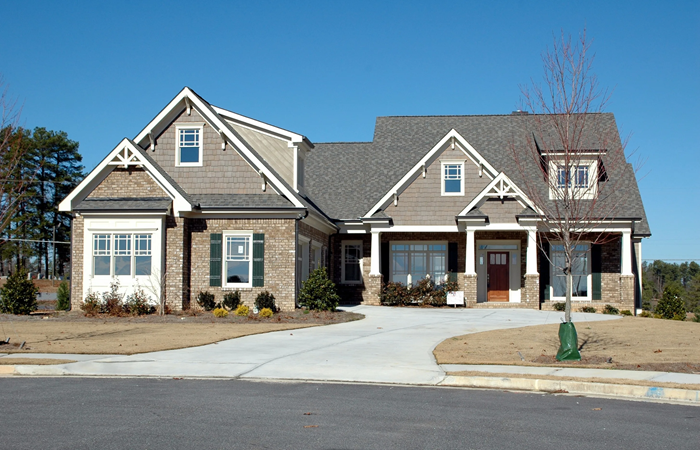The architecture of the United States is characterized by regional diversity, it was formed under the influence of many external forces. Therefore, it can be said that American architecture is eclectic, which is not surprising for a multicultural society.
Thus, in the former French colony of Louisiana, French architecture has been preserved. The villages of the southwest, which were under Spanish rule, also have a unique appearance.
In general, it can be said that until the end of the 19th century, the country’s architecture was imitative. Professional architecture in the American colonies, which appeared in the mid-17th century, was significantly influenced by English neoclassicism. Its basis was the rational construction techniques inherent in the era of active development of uninhabited territories.
Only with the emergence of the so-called “Chicago school” at the end of the 19th century, American architecture not only got rid of European influence, but also began to influence the architecture of other countries. The founder of the school, Louis Sullivan, formulated the principle “function determines form.” It was at this time that the first skyscrapers appeared in Chicago – high-rise buildings on steel frames, the construction of which was caused by the extreme high cost of land. The appearance of the buildings reflected their frame structure and the cellular spatial structure of the interiors. Developing construction technology allowed architects to solve increasingly bold design problems.
America was rapidly advancing to the world stage as the largest industrial power in the world, which left its mark on the appearance of buildings. The building turned into an object of purchase and sale, and the appearance – into advertising. The style could be expensive and cheap and was included in the cost of the house.
In the 1930s, outstanding European architects (Eliel Saarinen, W. Gropius, E. Mendelsohn, L. Mies van der Rohe, R. Neutra, W. Gruen, M. Breuer) who had fled German and Spanish fascism began working in America, and their work largely determined the character of American architecture. During this period, the unique appearance of the American city was formed – super-dense urban development with skyscrapers in the business center, combined with low-density suburbs. In the first half of the century, buildings with smooth surfaces of glass and concrete were erected, in ultra-laconic, deliberately geometrized forms. Architecture developed in terms of extreme simplicity and constructivity. The features of urban planning remained the different scales, the complete discrepancy in the appearance and size of adjacent buildings, the absence of any kind of “ensemble” or architectural complex. Although, it should be noted, individual skyscrapers were often interesting in terms of architecture.
However, starting in the second half of the 20th century, buildings in the spirit of “American neoclassicism” began to appear, bearing architectural decorations of past eras. The construction of closed complexes of buildings around an inner courtyard began.
After the end of World War II, the United States de facto became the locomotive of architectural development in developed countries. The largest architects worked here, and the largest projects were implemented. A huge contribution was made by the most prominent European emigrant architects, including Walter Gropius and Ludwig Mies van der Rohe.
One of the main features of modern American architecture is the emphasized temporary nature of the building. If in the colonial era the average American house stood for about a hundred years, then from the second half of the 20th century, durability decreased to 40 years
Since the mid-50s, the “new baroque” trend has dominated, embodied in expressive curvilinear forms and structures (for example, the TWA airport terminal in the form of a slope).
Large-scale restoration work on historical monuments, timed to coincide with the 200th anniversary of US independence (1976), turned out to be economically profitable and developed throughout the 80s.
Modern American architecture sets the task of constructing architectural ensembles that try to connect with the natural environment. Super-tall buildings are being built, for example, 110 stories high (New York).

